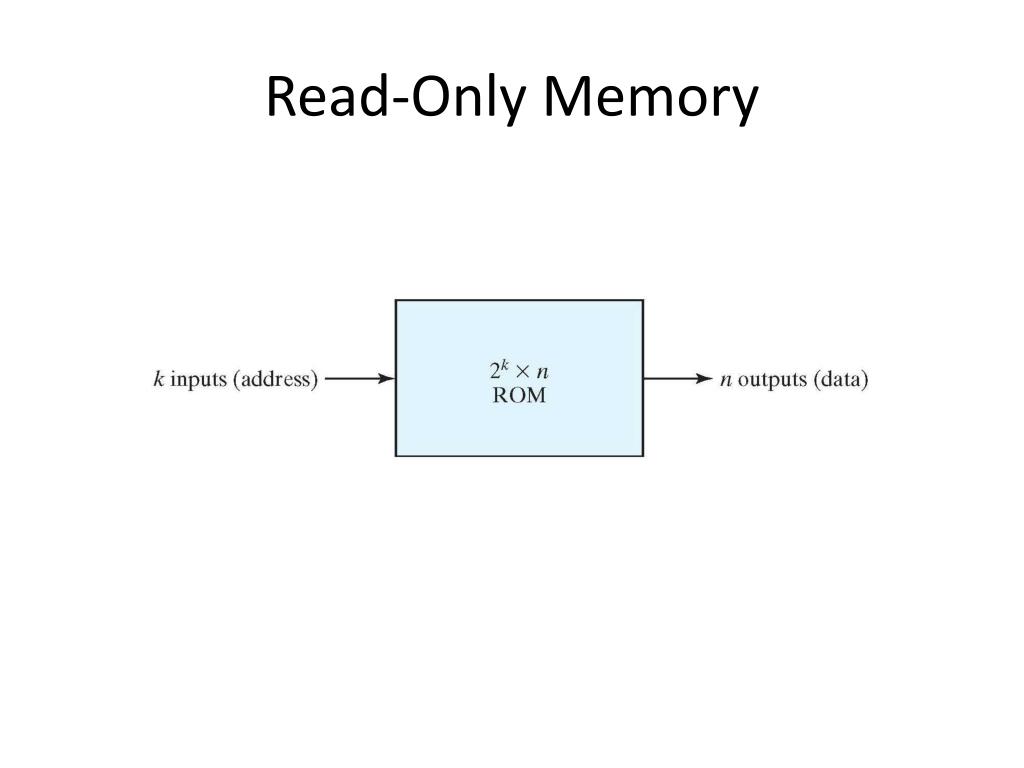

How your organization uses the cloud depends on many factors that we’ll cover in a future post. But with today’s faster connections, the availability of microservices and other technology advances, the cloud is now used more and more frequently as both primary and secondary storage. The cloud has quickly become the secondary storage medium of choice for many organizations. An 8GB stick of RAM is a decent size, while new computers generally have 1TB hard drives. There is no comparison on capacity. It can also store significantly more information. Aside from offering greater data retention, secondary storage is usually twice as cheap compared to its primary counterpart. Luckily it compensates for that lack of speed in several ways. As a result, it is considerably slower than primary storage. Secondary storage is named as such because it doesn't have direct access to the CPU. Tape is an affordable option for secondary storage and by enabling longer retention periods and reducing storage requirements. Reel-to-reel tapes have evolved into high-capacity tape cartridges, boasting exceptional durability that continues to earn them a place in over half of today’s hybrid data center. Magnetic tape: In use for well over half a century, magnetic tape was once the very foundation of backup systems. That’s why they are still in use as secondary storage to some degree today, even as better options have come along. Optical media have exceptionable read speeds, capacity, and portability. You had to use these in spades to store any substantial amount of data. These mediums are the more efficient successors of the 3.5-inch disk drives. Optical media: CDs and DVDs are the most well-known members in the class of optical storage. To absolutely make sure data weathers the storm, they will keep backup files of everything on different devices in multiple locations for a certain, speedy recovery.

System administrators will often create redundant arrays out of multiple hard disks to prevent accidental data loss. Many computers bundle hard drives as internal storage mediums, and today hard drives can include spinning disks and solid-state drives (SSDs). The hard drive is the secondary storage standard in modern computing. So even when you turn off the device, all data remains intact. Likewise, a primary storage device retrieves data from a secondary source to speed up access.Īlso known as auxiliary storage, secondary storage retains data until you either overwrite or delete it. For instance, when you save your work in Word, the file data moves from primary storage to a secondary storage device for long-term retention. In fact, its lack of long-term viability is the driving force behind the saying “save often.” From Primary Storage to Secondary Storageĭespite their different purposes, primary storage and secondary storage often work together to create ideal storage conditions. That makes RAM a short-term storage solution. Speed and usefulness aside, the loss of power means the loss of data. That allows active programs to deliver optimal performance to the end-user.

Primary storage provides fast access to the CPU. If the CPU finds the data it needs here, the processor can bypass the more time-consuming process of reading RAM or other storage devices. Since it is physically closer to the processor than RAM, it is the first place the CPU looks for instructions. But once you have written data to it, it cannot be modified or deleted.Īlso known as CPU memory, cache memory stores instructions that computer programs frequently call upon for faster access during operations. Similar to a blank CD or DVD, PROM does not come with data stored on the chip. Programmable Read Only Memory is an advanced form of ROM that allows data to be written-but only once. ROM is a more reliable form of storage, and it will often boot instructions and other mission-critical data. You cannot change the data on it, you can only read it. ROM retains its contents even if the device loses power. Unlike RAM, Read Only Memory (ROM) delivers both non-volatile and permanent primary storage. That lets some applications recover unsaved information in the event of a crash. The flash memory in solid-state drives (SSDs) is non-volatile because the data remains in storage even after you have turned it off. Volatile memory such as RAM loses data as soon as the device loses power. Primary storage is often referred to as “memory” and is classified as either volatile or non-volatile.

Typically located inside the computer, primary storage temporarily houses applications and data currently in use.


 0 kommentar(er)
0 kommentar(er)
